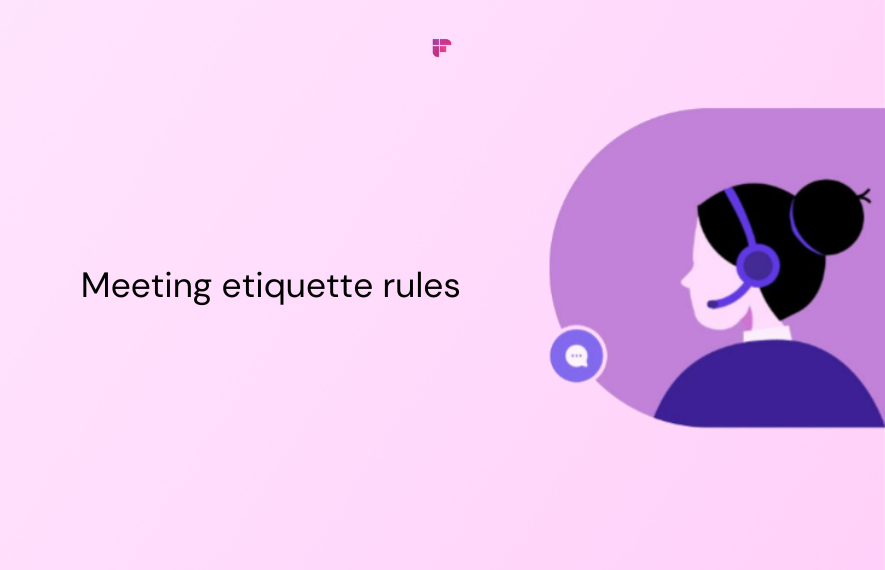Where would an employee find an employers rules of etiquette?
When the volume of emails and texts increases, the risk of errors can escalate, some of which result in serious professional implications, including compliance issues https://miamilotushouse.com/. Hence, it is crucial to pay careful attention to detail when crafting and communicating through emails.
No one wants to read emails from 20 people when it has nothing to do with them. Ignoring the emails can be difficult, with many people getting notifications of new messages on their smartphones or distracting pop-up messages on their computer screens. Refrain from hitting “reply all” unless you really think everyone on the list needs to receive the email.
Ensuring correct spelling of the recipient’s name, avoiding spelling errors, using simple sentence structures, and maintaining proper capitalization and punctuation are crucial for maintaining professionalism and credibility in your emails.
Once upon a time, business correspondence had very precise rules. Any business person knew that the date was typed below the address, paragraphs were indented or flush-left, depending upon fashion and every letter had both a salutation and a complimentary close.

Formal rules of procedure or etiquette
Certain situations need attention during the meeting, but they don’t require a motion, second, debate, or voting. It’s permissible to state a point during a meeting where the chairperson needs to handle a situation right away. Board members can declare a Point of Order, Point of Information, Point of Inquiry, or Point of Personal Privilege.
Lastly, the chairman will call for any new business. Members have the right to introduce new items of business or move items from the table. Members can do so in the order they are recognized by the chair.
Etiquette and protocol are both important aspects of social behavior, but they differ in their scope and application. Etiquette refers to the customary rules and norms that govern polite and respectful behavior in society. It encompasses a wide range of social interactions, such as greetings, table manners, and dress codes. Etiquette is often subjective and varies across cultures and contexts. On the other hand, protocol is a more formal and structured set of rules that guide behavior in official or diplomatic settings. It outlines the proper procedures and precedence to be followed during official events, ceremonies, or meetings. Protocol is often more rigid and standardized, aiming to ensure smooth and orderly conduct in formal situations. While etiquette focuses on general social interactions, protocol is specific to official or ceremonial occasions.

Certain situations need attention during the meeting, but they don’t require a motion, second, debate, or voting. It’s permissible to state a point during a meeting where the chairperson needs to handle a situation right away. Board members can declare a Point of Order, Point of Information, Point of Inquiry, or Point of Personal Privilege.
Lastly, the chairman will call for any new business. Members have the right to introduce new items of business or move items from the table. Members can do so in the order they are recognized by the chair.
Which of these rules of etiquette exists at every workplace
While your employer may have set rules like a dress code, workplace etiquette is the unwritten rules that help make the office a respectful and productive environment. While these rules aren’t explicitly stated, they are often an unspoken requirement that ensure everyone gets along both online and in person.
Workplace etiquette encompasses a set of unwritten rules and social norms that govern behavior and interactions within a professional setting. While specific customs may vary across industries and cultures, certain principles of etiquette remain universally applicable. These principles revolve around respect, courtesy, professionalism, and effective communication.
In the professional world, success often hinges not only on skills and qualifications but also on the ability to navigate social interactions effectively. Workplace etiquette, therefore, plays a crucial role in creating a positive and productive environment. From communicating respectfully to fostering a culture of inclusivity, adhering to proper etiquette can enhance professional relationships, boost morale, and contribute to overall organizational success.
Mastering workplace etiquette is essential for fostering a positive and productive professional environment. By adhering to the do’s and avoiding the don’ts outlined in this guide, individuals can contribute to a workplace culture characterized by respect, professionalism, and effective communication. Ultimately, practicing good etiquette not only enhances personal relationships and career prospects but also reflects positively on the organization as a whole.